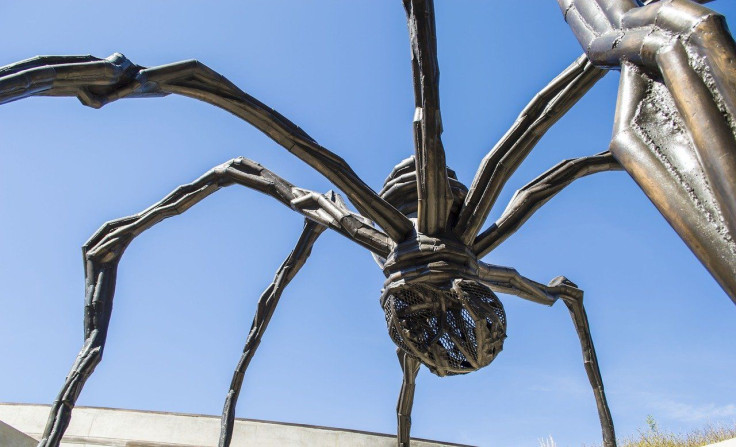'It's Big, Beautiful': New Giant Trapdoor Spider Discovered; Scientists Say It's 'Likely Endangered' [Photo]
KEY POINTS
- The species was found in the Brigalow Belt of Australia
- The spiders aren't dangerous to humans
- Their habitats have been lost to land clearing
Scientists have identified a new giant trapdoor spider species in Australia. Unfortunately, they are already considered endangered.
The discovery of the new species actually happened unexpectedly in a museum, reported Phys.org. The then-unknown spider was spotted in the Queensland Museum's arachnid collection some four years ago. The specimen was collected in the mid-20th century without being identified.
Trapdoor spiders are the ones that create burrows with trapdoors, allowing them to ambush their prey. The scientists went on a years-long effort to actually find it alive and they found the species in the Brigalow Belt in inland Queensland.
The researchers published their findings in a paper in the Journal of Arachnology. They described the species to be "very large" trapdoor spiders that live in black soils in woodland habitats. They named it Euplos dignitas because of its "impressive" size – the word "dignitas" means "dignity" or "greatness" in Latin.
Its size was what made it rather special in the scientists' eyes. Although it may not seem that big, with the females growing up to 50 millimeters (five centimeters) long, they're actually quite big for trapdoor spiders, said study lead researcher Michael Rix, of the Queensland Museum, The Guardian reported.
"It's a big, beautiful species," Rix said in a video shared by the museum.
One look at the spider and you will see they are quite beautiful and impressive — albeit a little intimidating.
🕷️ NEW SPECIES 🕷️ Our scientists have described a rare giant species of trapdoor spider only found in Central QLD. Euoplos dignitas is likely endangered, having lost much of its habitat due to land clearing. Learn more 👉 https://t.co/P73BcPIAK5
— Queensland Museum (@qldmuseum) March 17, 2023
Supported by @BHP #ProjectDIGQM pic.twitter.com/30k0VDUcbi
But as awe-inspiring as they may seem, the spiders are actually not dangerous to humans. They are said to be quite shy and secretive, living much of their lives underground. They even play important roles in their ecosystems as they help control insect populations.
The spiders are already considered threatened. The researchers' conservation assessment under the International Union for Conservation of Nature's (IUCN) Red List Criteria suggests the new species is "likely endangered."
So far, the species is known only from "very few" locations, and much of its habitat has already been lost to land clearing. The woodlands of the Brigalow Belt have already been affected by more than 150 years of human activities, threatening the species' unique biodiversity.
The discovery of the species hopefully brings it closer to conservation.

© Copyright IBTimes 2024. All rights reserved.






















